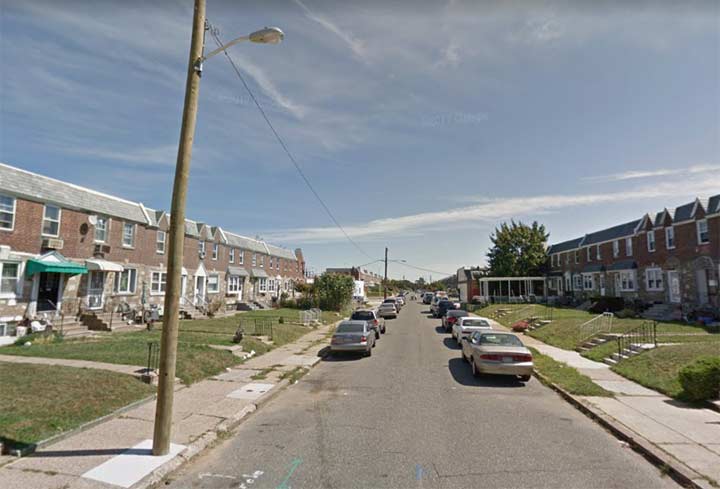A recent mention by Natalia “The Saw Lady” Paruz about a Disston saw sparked a memory for me, of a Disston Street in Philadelphia, which I remembered from my intense study of the Philadelphia street map as a kid (I had a unique childhood). I looked up the name and found that the Disston saw and Disston Street are named for the same person, manufacturer Henry Disston (1819-1878).
Henry Disston immigrated with his family from Britain to the United States in 1833. His father had set up employment in Albany, but he died unexpectedly soon after the Disstons put into port in Philadelphia. Henry became a sawmaker’s apprentice in the city, and he began his own sawmaking business in 1840. Within ten years, Disston saws were recognized as among the world’s best. Until the Civil War, British saws were still considered the top of the line, but a protective tariff against imported goods during the war helped American-based businesses like Disston’s, and his tools began to outsell most other makes. Disston set up a factory in Tacony, northeast Philadelphia, and that’s where the street named after him is located. He built homes for his workers, a la William Steinway in Queens, that bore the name Tacony Estates.
Disston’s son, Hamilton (1844-1896), an industrialist, was even more successful than his father: he purchased and developed 4 million acres in Florida in 1881.
Though Philadelphia has a numbered street system of streets beginning with 2nd Street, running north to south west of the Delaware River, the city has never been dominated by numbered streets as has NYC, especially in the borough of Queens. Though Queens’ sometimes confusing numbered street system was devised in order to prevent duplication of names like Washington, Main and Elm, it’s also a system that allows no way to really honor men and women who have made a difference, such as a Henry Disston.
Philly’s street system is also pleasingly complicated because it allows the same street to appear in multiple neighborhoods, while divided into many parts (as Queens’ numbered streets are). Bingham Street, for example, appears in two neighborhoods 7-8 miles apart, yet it’s consistent in the overall street pattern.
If you’re further interested in Philly street names, there’s a book called Mermaids, Monasteries, Cherokees and Custer, the Stories Behind Philadelphia Street Names, by Robert I. Allotta. Disston isn’t in it, though.
Please help contribute to a new Forgotten NY website
Check out the ForgottenBook, take a look at the gift shop, and as always, “comment…as you see fit.”
12/6/18


1 comment
Like Philly, the streets in Los Angeles can stop and start numerous times. Moorpark Street runs for a dozen miles in so many sections of the city that I’ve lost count. But it’s always along the same parallel, and since LA uses a block numbering system, it’s relatively easy to figure out where a certain section of Moorpark (and other) streets are by looking at the address/block number.